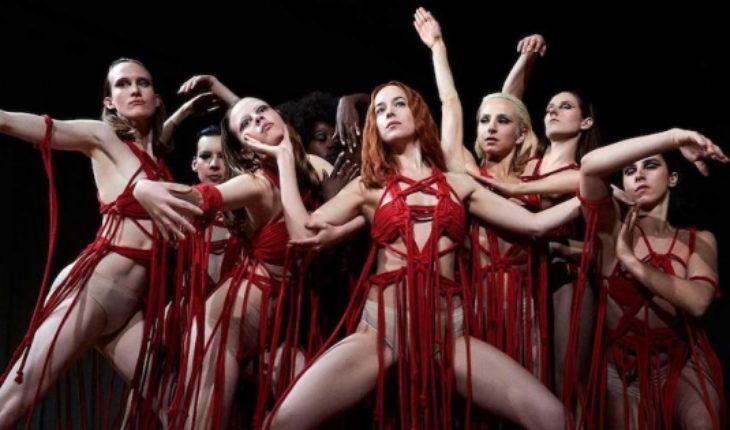is not exactly a horror movie. This film, just released in our country, is a remake and review of a 1977 film that itself was terror, well known for his visual and sound show. In it, a young American woman named Susie was going to study at an Academy of dance in Berlin. A little further, Susie was beginning to see signs that their teachers composed, in fact, a coven of witches, and they used dance as a means to carry out their spells.
In his reconstruction, Luca Guadagnino, who recently directed Call Me by Your Nameit reframes the cliche of the witches a backdrop to explore the ins and outs and sacrifices of the creative work. In its long scenes of contemporary dance, the director appears particularly concerned by the movement itself and the almost violent way in which the dancers require your body to make things out of the ordinary. Through the sound and the image emphasizes the blows, the sharp turns, the contortions. At the same time, as witches work together through dance, they have their brutal, because they literally serve for torturing, distort and destroy.
The film is also set in the structures of power of the coven. Through a stroll behind the historical scenes of Berlin in the 1970s, it contrasts the power of these women with the nazi Germany still stalking everyday. Thus, the brutality of the witches, far from resemble cold and calculating Nazi exterminations, tries to make their mark on the individual physical bodies, seeking to amplify the suffering and pain. Here it is not killing mass, but carry the victim (and the audience) senses to the limit. Susie, the protagonist, appears attracted by this sacrificial quality of power.
It is a classic cliché of horror movies that the witches represent a sort of vacuum. They want to be able to at all costs and looking to do damage with the sole aim of becoming, for example, immortal. However, to put it in some way, Suspiria strives to show us the world of witches regarded from within and not from outside. We understand that the brotherhood has a reason for being that it is not arbitrary. We see that, in a world that has been denied any possibility of independence to ballerinas, witchcraft is necessary. In a delicate balance between fascination and rejection by the abusive and beautiful world of witches, the film builds prodigious sequences in its handling of the film tension.
However, the magic that conjures the screen turns out to be the prelude to a major disappointment. Guadagnino squanders goodwill cultivated in its auditorium, leading us through a final sequence that, despite its impressive Visuality, reveals that Suspiria seems a film much smarter than it is. The last thirty minutes turn reverse false seams and patches that wove the director: the historical resonances have been just that, a bit of local color, and the feminist background, which promised to avoid at all costs the naivety, fails to be more than a resource to inject some of that biempensante moralina which is so popular in American cinema.
The shed contents in this op-ed is the sole responsibility of the author and do not necessarily reflect the editorial line nor the counter position.





